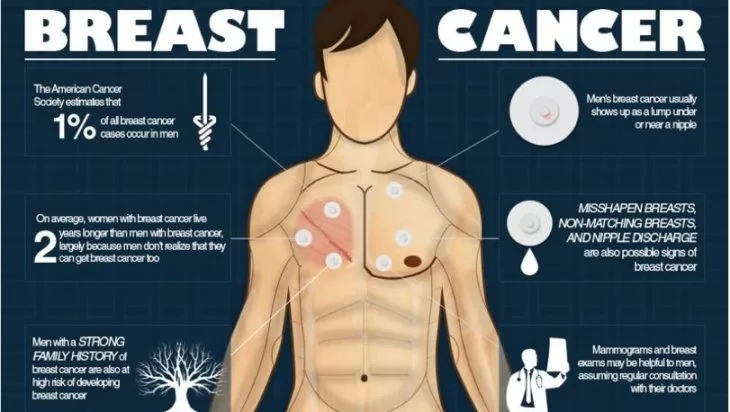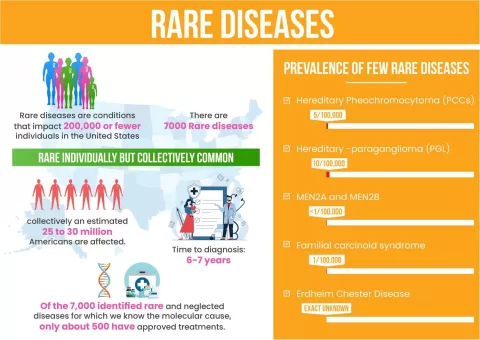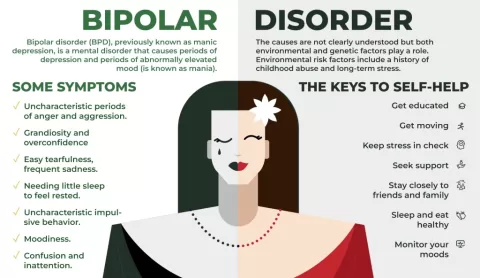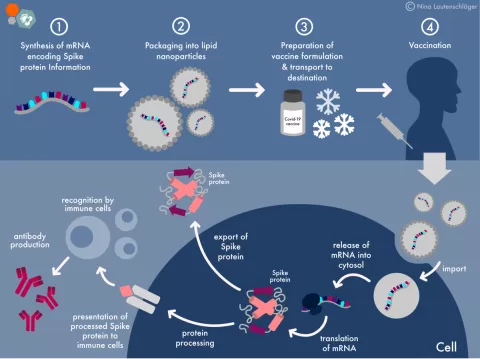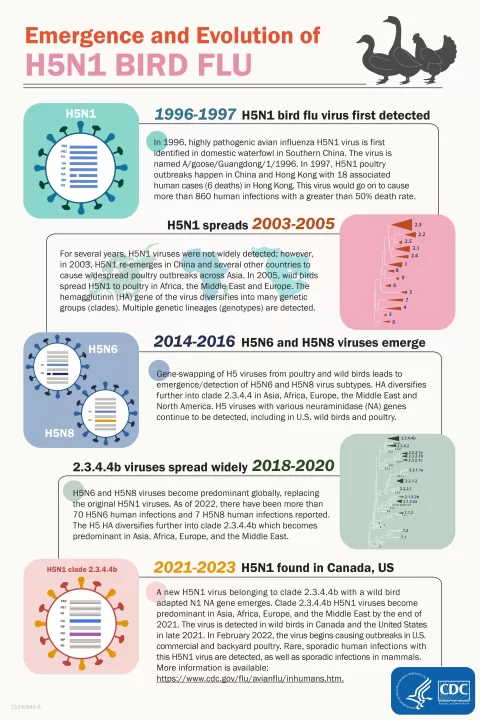Breast cancer in men is an often-overlooked reality that challenges the common belief that this disease only affects women. Each year, around 2,650 men in the United States receive a breast cancer diagnosis, bringing attention to the urgent need for male breast cancer awareness. Despite numerous myths about breast cancer symptoms in men, it is essential to understand that men can exhibit similar signs of this disease, ranging from lumps to changes in breast tissue. Furthermore, recognizing the breast cancer risk factors in men can foster early detection, leading to better treatment outcomes. This article aims to demystify prevalent misconceptions surrounding male breast cancer and highlight crucial facts that everyone should know, thereby promoting informed discussions about men’s health.
The topic of male breast cancer, often referred to as breast cancer in men, encompasses a spectrum of issues that remain largely misunderstood. While many assume that breast cancer is exclusively a women’s concern, the statistics reveal a different truth, bringing to light aspects of male breast health that warrant serious attention. This condition is accompanied by certain distinctive characteristics and symptoms not widely recognized among the general public. Addressing the frequent fallacies surrounding the risks and detection of breast cancer in men can enhance community awareness and encourage preventative measures. By exploring these key facts and dismissing myths about male breast cancer, we contribute to a more educated and proactive approach to men’s health.
Understanding Breast Cancer in Men: The Facts
Despite being a rare condition, breast cancer in men is a reality that cannot be ignored. Each year, thousands of men receive the troubling diagnosis of breast cancer, affecting their health and further emphasizing the need for awareness. The male breast tissue, though less developed than that of women, remains susceptible to cancerous growths. When discussing common misconceptions, it is crucial to establish that men possess breast tissue capable of developing cancers. Typically, the focus on breast cancer awareness tends to target women exclusively, leaving many men unaware of their own risk.
Understanding that breast cancer can occur in men is vital for initiating early detection and treatment. Men should recognize the significance of awareness surrounding breast cancer symptoms in men, which can often differ from those experienced by women. Symptoms like lumps, changes in breast shape, or dimpling of the skin are all reasons for concern, yet many men may overlook these signs due to societal stigma or lack of information. By educating men about the importance of breast health and common breast cancer symptoms, we can foster an environment that encourages regular check-ups and early consultations with healthcare providers.
Frequently Asked Questions
What are the common myths about breast cancer in men?
Breast cancer in men is often shrouded in myths, with the most common being that it only affects women. Other misconceptions include the belief that only those with a family history are at risk or that breast cancer always presents as a noticeable lump. It’s essential to address these myths to promote male breast cancer awareness and encourage early detection.
What are the symptoms of breast cancer in men?
Breast cancer symptoms in men can include the presence of a lump in the breast tissue, changes in breast size or shape, discharge from the nipple, and changes in the skin over the breast. However, not all cases have visible symptoms, which makes routine check-ups vital for early detection of male breast cancer.
What factors increase the risk of male breast cancer?
Breast cancer risk factors in men include age, genetic mutations (such as BRCA1 and BRCA2), exposure to higher levels of estrogen, a family history of breast cancer, and certain medical conditions like liver disease. Awareness of these factors can help in understanding male breast cancer and the importance of regular screenings.
How can men promote awareness of breast cancer?
Male breast cancer awareness can be promoted by discussing the risks and symptoms openly, sharing educational resources, participating in awareness events during Breast Cancer Awareness Month, and encouraging fellow men to seek regular screenings and check-ups. Education is key to dispelling myths and fostering early detection.
Is male breast cancer contagious?
No, male breast cancer is not contagious. It arises from genetic mutations and environmental factors, and cannot be transmitted from one person to another. Understanding this fact helps eliminate stigma and encourages men to seek help if they notice symptoms associated with breast cancer.
| Myth/Facts | Description |
|---|---|
| Existence of Male Breast Cancer | Breast cancer can occur in men, with approximately 2,650 cases diagnosed annually in the U.S. |
| Risk Factors Misconceptions | Men can develop breast cancer without a family history. Risk factors include age, hormonal imbalances, and medical conditions. |
| Detection Myths | Not all lumps are cancerous; some cases can only be detected through screening. |
| Contagion Myth | Breast cancer is not contagious; it arises from genetic and environmental factors. |
| Causes of Breast Cancer | Various factors contribute to breast cancer, including genetic predispositions and environmental exposures. |
Summary
Breast cancer in men is a significant health issue that is often overshadowed by its more common occurrence in women. This condition remains shrouded in myths and misunderstandings, leading to a lack of awareness about the risks and realities associated with it. By addressing these misconceptions and providing factual information, we can foster greater understanding and encourage men to prioritize their breast health. Raising awareness not only aids in early detection but also helps dispel stigma, encouraging men to seek help and support when needed. Thus, it is crucial to continue educating ourselves and others about the existence and risks of breast cancer in men.
The content provided on this blog (e.g., symptom descriptions, health tips, or general advice) is for informational purposes only and is not a substitute for professional medical advice, diagnosis, or treatment. Always seek the guidance of your physician or other qualified healthcare provider with any questions you may have regarding a medical condition. Never disregard professional medical advice or delay seeking it because of something you have read on this website. If you believe you may have a medical emergency, call your doctor or emergency services immediately. Reliance on any information provided by this blog is solely at your own risk.



